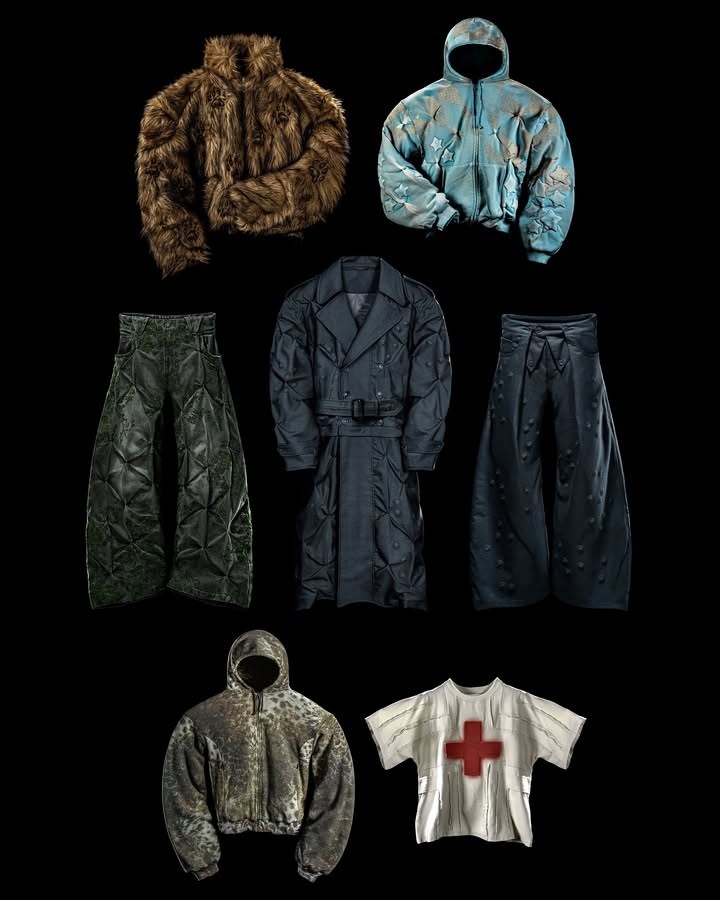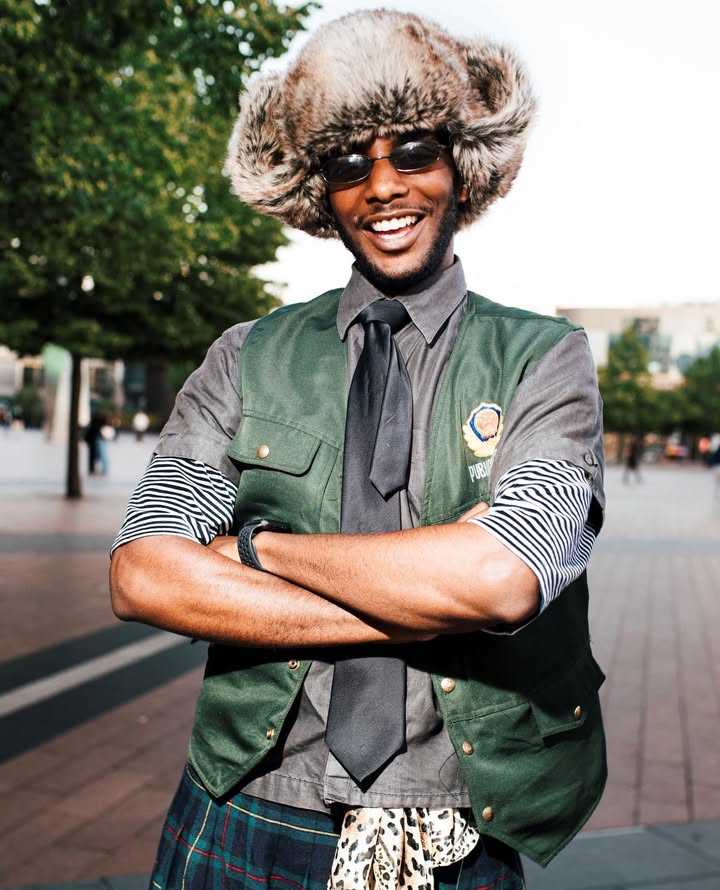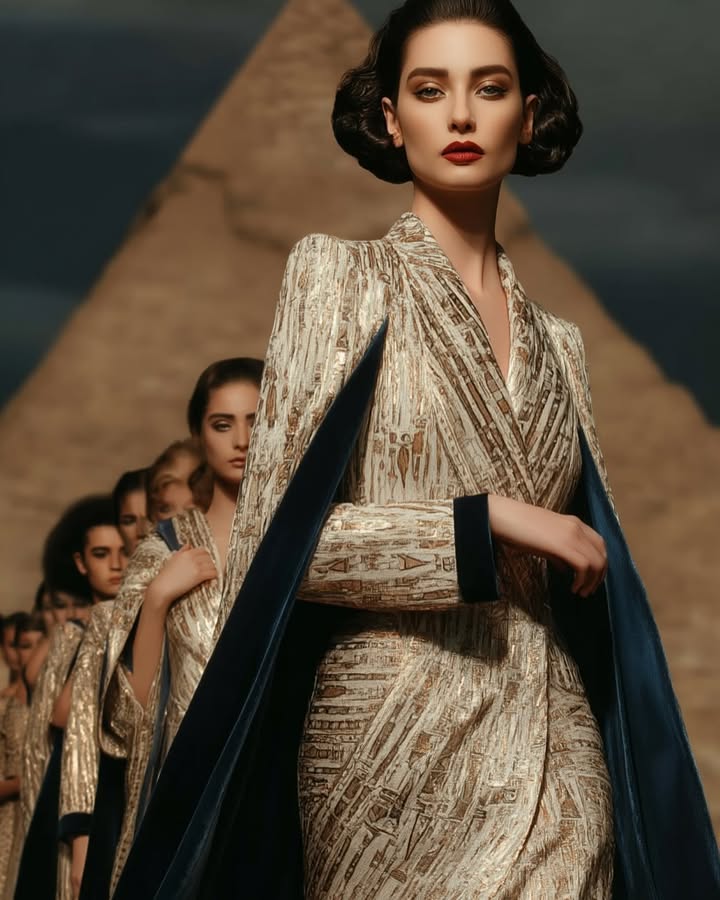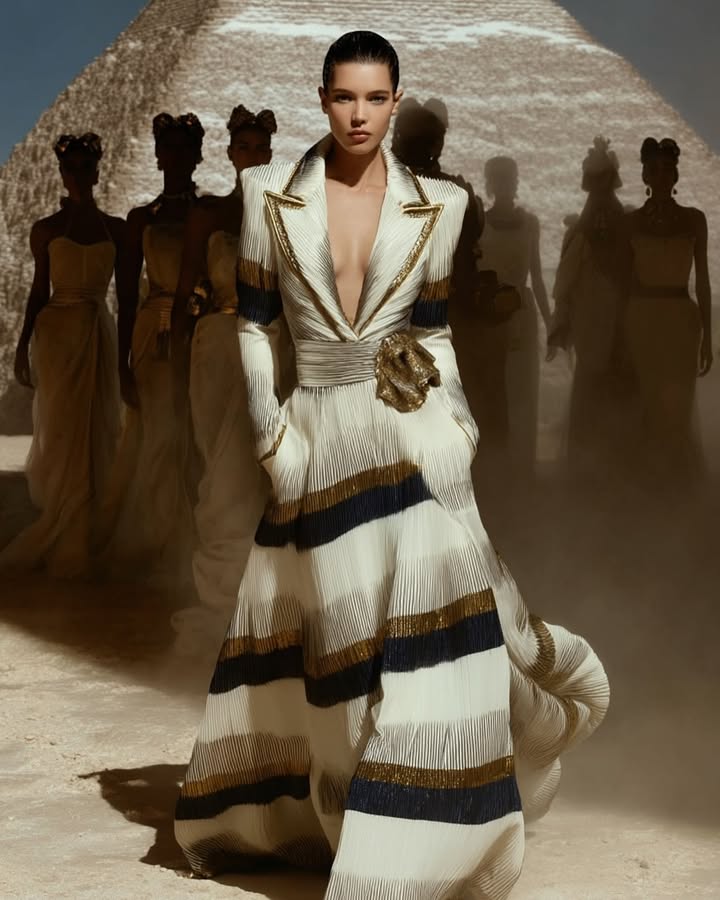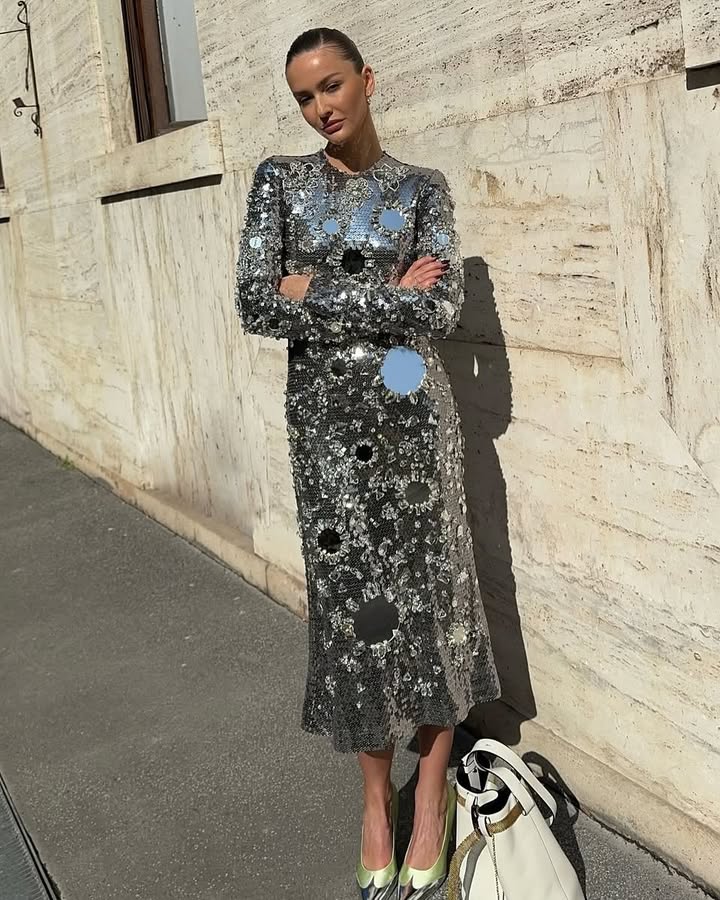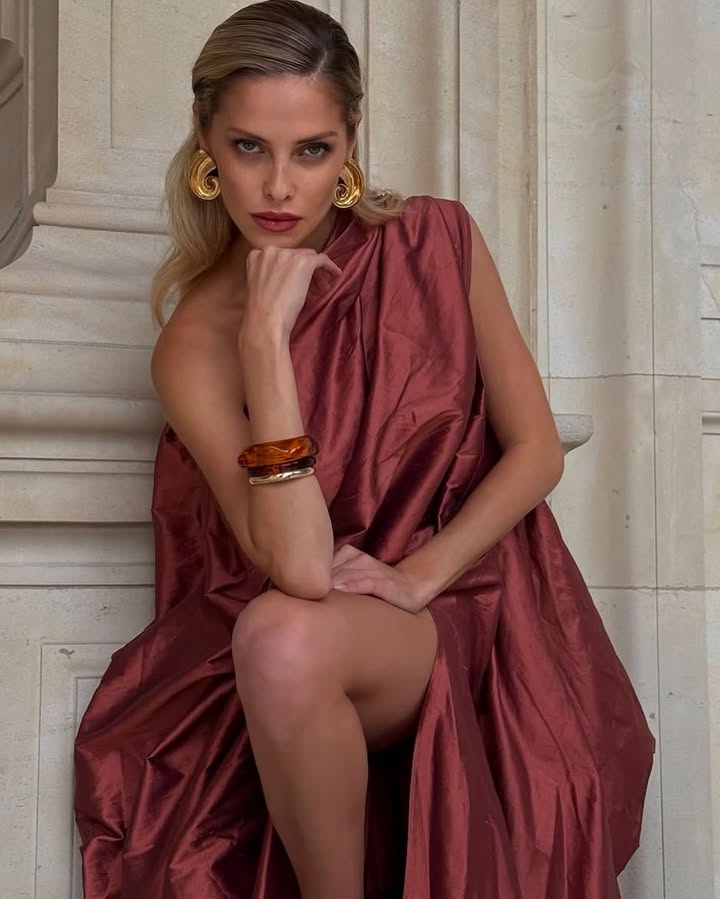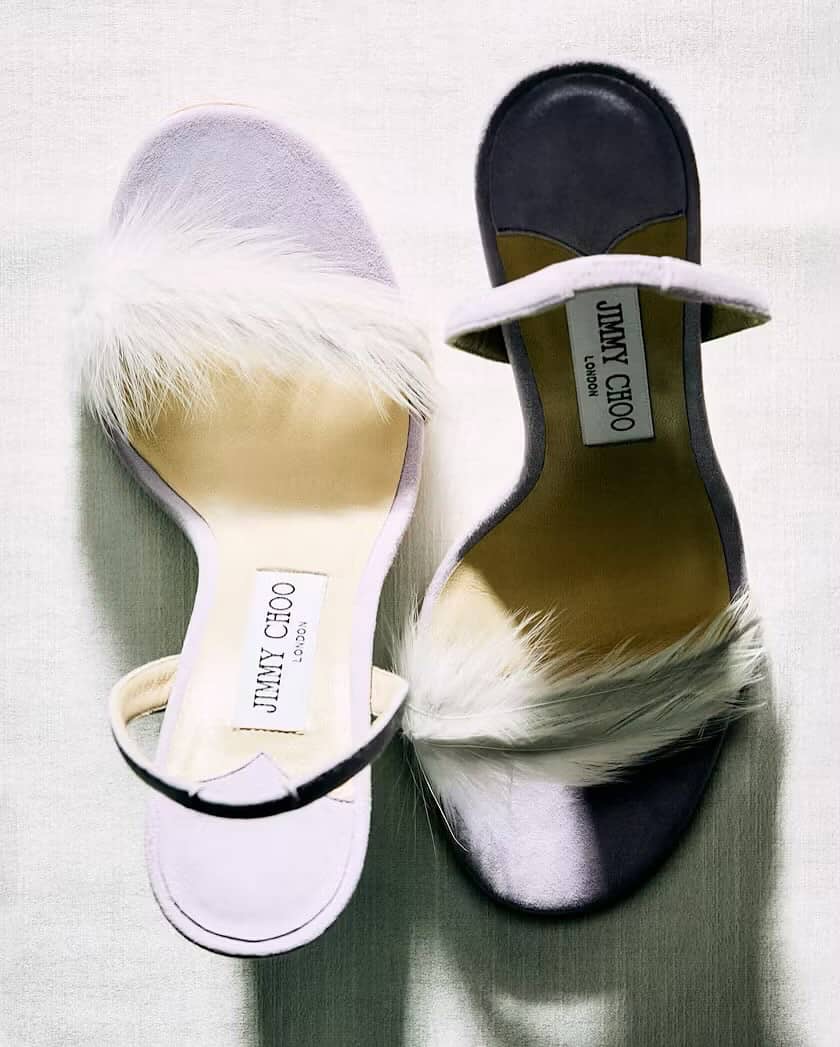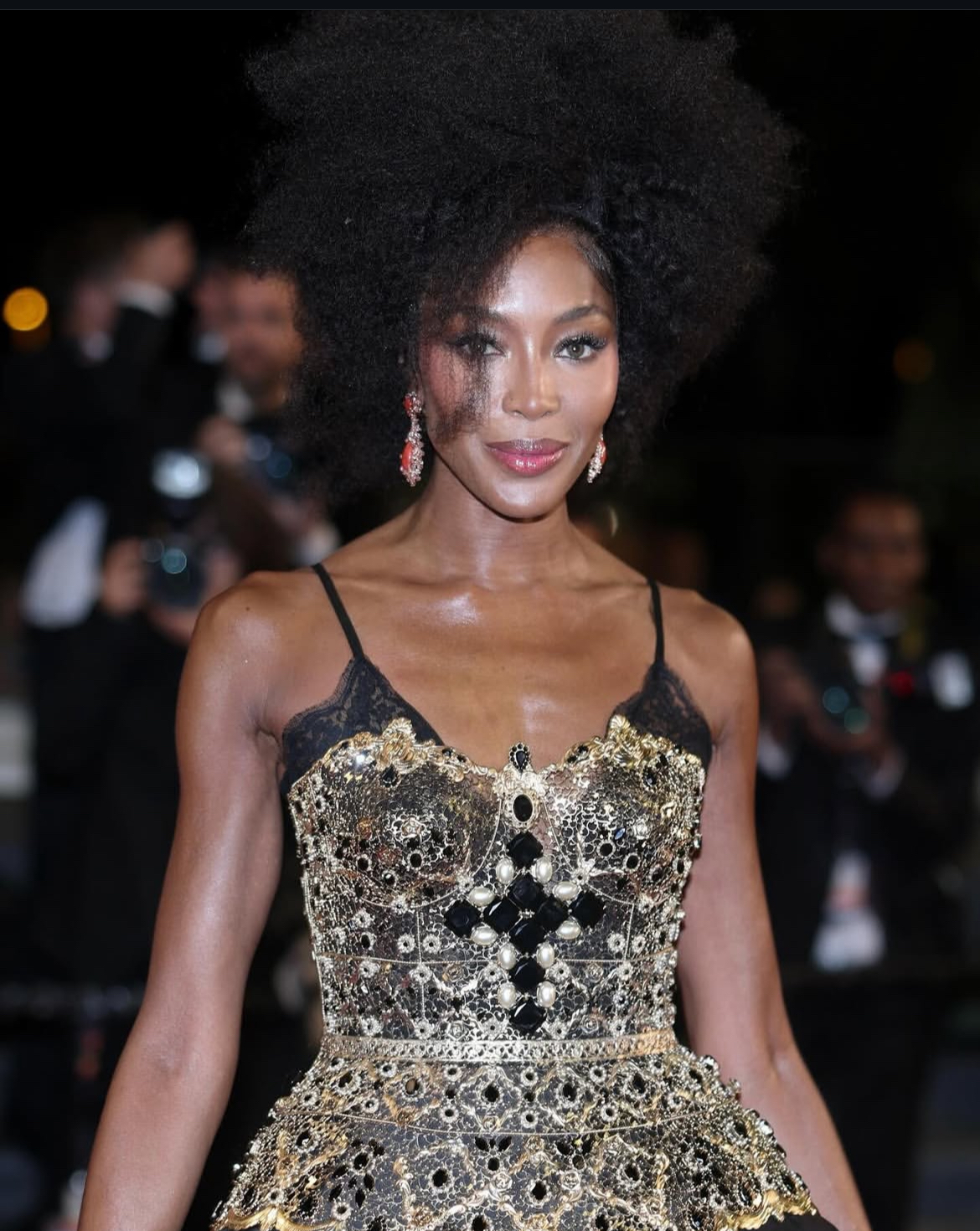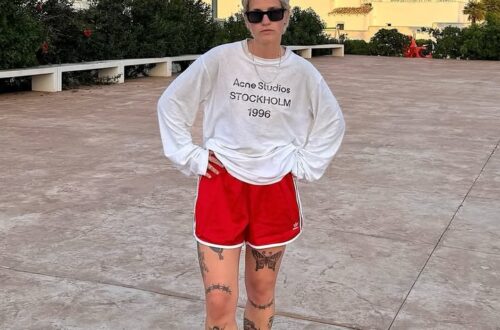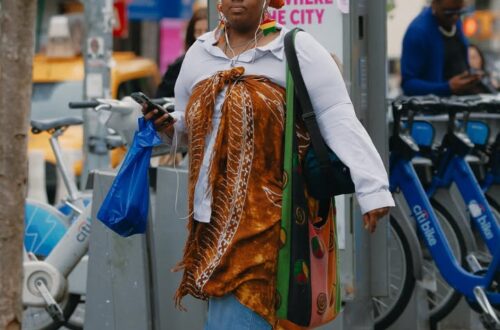
Fibers are the raw strands that are spun into yarns, which are then woven or knitted into fabrics. They come from natural sources (plants, animals) or are man-made (synthetic, regenerated). The choice of fiber dictates a fabric’s properties, affecting comfort, drape, durability, and how it feels on the skin – especially crucial in a hot, humid climate.
These are fibers derived directly from plants or animals. They are generally breathable, absorbent, and comfortable
Properties: Extremely breathable, highly absorbent, strong, quick-drying. Has a crisp hand and wrinkles easily (which is part of its charm).
Fashion Upgrades: Perfect for hot climates. Ideal for relaxed shirts, wide-leg trousers, simple dresses, and lightweight blazers. It looks effortlessly elegant when lightly creased.
Properties: Incredibly soft, very breathable, moisture-wicking, often has natural anti-bacterial properties. Can be processed into “bamboo rayon/viscose” (chemical process) or “bamboo linen” (mechanical process).
Rayon (Viscose/Modal/Lyocell/Tencel™): While made from plant pulp (cellulose), these are often called “regenerated cellulosic fibers” because they undergo significant chemical processing.
Bio-based Synthetics: Research into fibers made from algae, mushrooms (Mylo™), orange peels (Orange Fiber®), or pineapple leaves (Piñatex®). These offer sustainable alternatives to traditional synthetics and even animal skins.

Understanding fashion fibers and materials is fundamental to creating comfortable, stylish, and functional garments. And the concept of “fashion upgrades” really ties into both sustainability and personal expression.
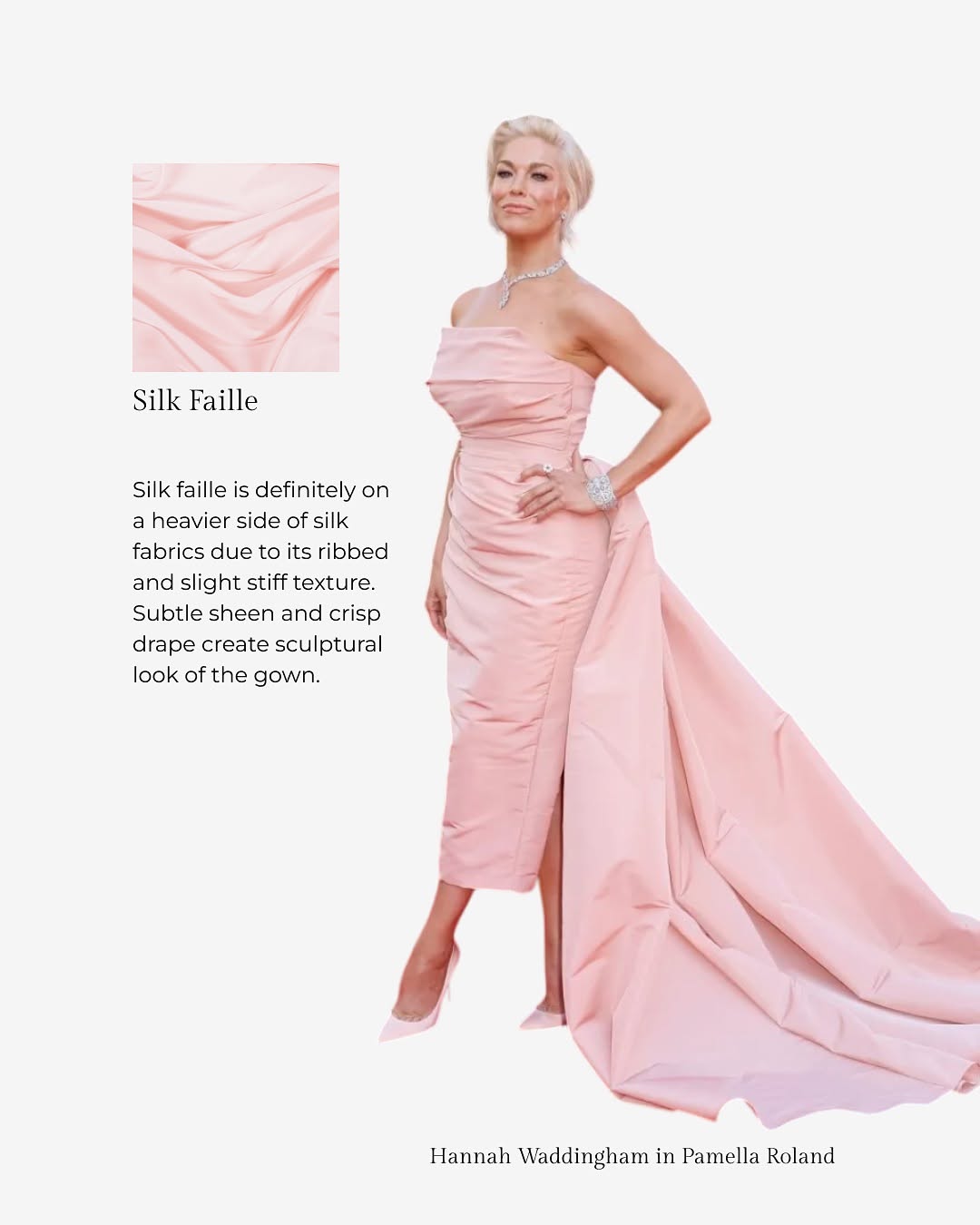
Faille is a type of woven fabric characterized by its distinctive fine, horizontal, ribbed texture. This ribbed effect is created by using thicker weft (horizontal) yarns than warp (vertical) yarns during the weaving process. While faille can be made from various fibers (like cotton, rayon, or polyester), silk faille is considered the most luxurious and sought-after version.
Ribbed Texture: This is its defining feature. The subtle crosswise ribs give it a unique tactile and visual appeal, differentiating it from smooth silks like satin or charmeuse.
Soft Sheen: Unlike the high gloss of satin, silk faille has a more subtle, refined luster. It reflects light beautifully but with a softer, more elegant glow.
Structured Drape: Silk faille is known for its crisp, yet soft drape. It has more body and shape retention than very fluid silks, making it excellent for structured garments, defined silhouettes, and holding pleats or gathers .
Durability: Due to its tight weave and ribbed construction, silk faille is relatively durable for a silk fabric.
Possible for Special Occasions/Evenings: It could be a beautiful choice for formal evening events (especially if indoors with air conditioning) or very special occasions where the garment is worn for a shorter duration. A silk faille dress or a tailored jacket worn for an evening event would offer a luxurious feel and stand out.
Strategic Use: If used, consider it for outer layers that can be removed (e.g., a structured evening jacket) or for garments where its crispness is essential but the design allows for maximum airflow (e.g., a structured top paired with very light bottoms, or a dress with strategic cut-outs or back detailing, though this can compromise the classic faille look).
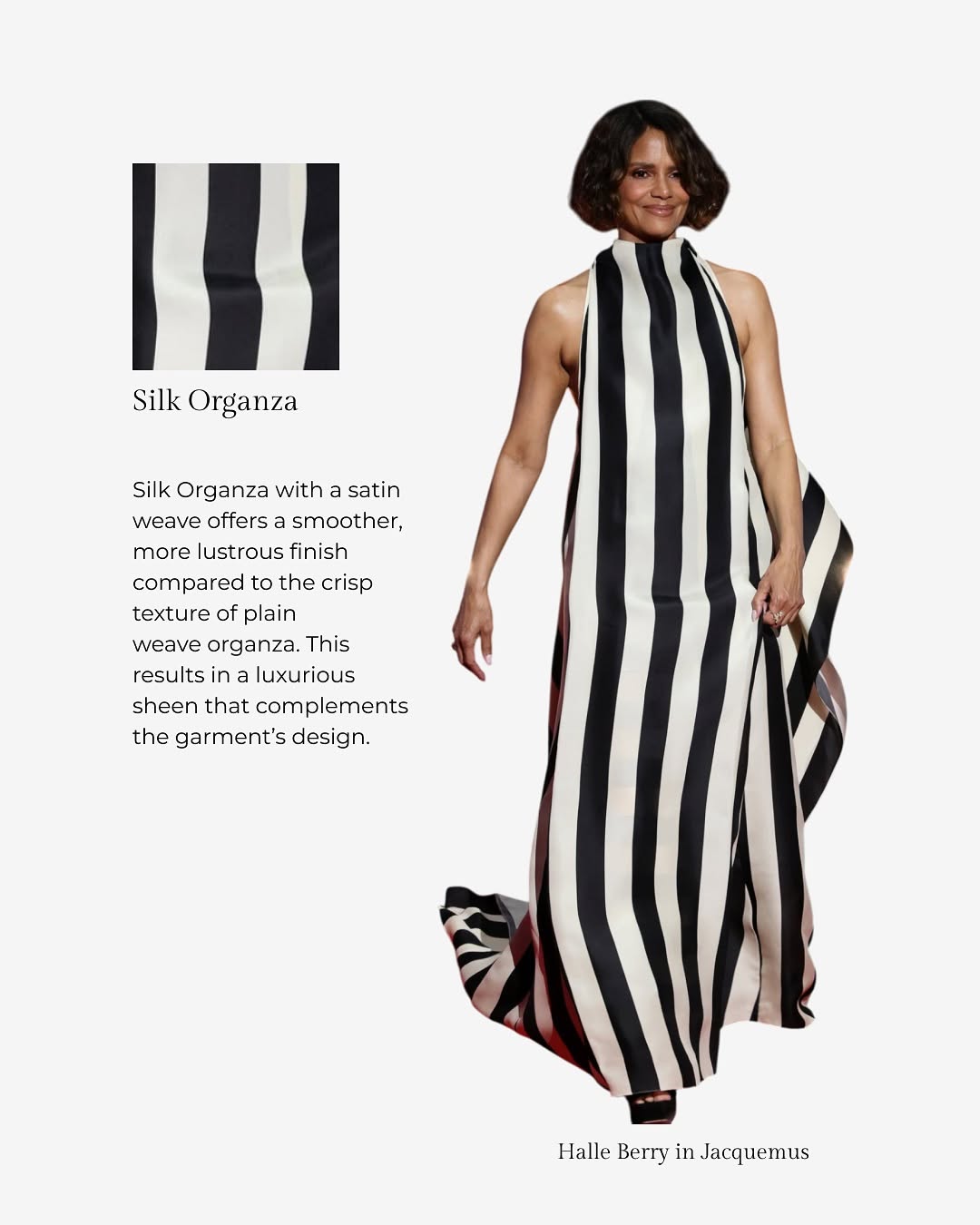
let’s talk about silk organza – another fascinating silk fabric, but one that offers a very different set of characteristics from silk faille, making it particularly interesting for your design aspirations.
Silk organza is a sheer, crisp, and lightweight plain-weave fabric. It’s known for its stiffness, which gives it a structural quality despite its transparency and delicate appearance. The crispness comes from the tightly twisted yarns used in its construction.
Lightweight: Despite its stiffness, it’s very light, almost airy.
Subtle Luster: It has a delicate, subtle sheen, not as pronounced as satin.
Durability: Surprisingly strong for how fine and sheer it is, making it less prone to tearing than it might appear.
Silk organza is a favorite among designers for creating volume, structure, and dramatic effects without adding significant weight.
while silk faille brings structured elegance and subtle richness, silk organza offers airy volume, ethereal transparency, and a unique crispness that is surprisingly adaptable and beneficial for the hot and humid climate, making it a very exciting material for fashion design.
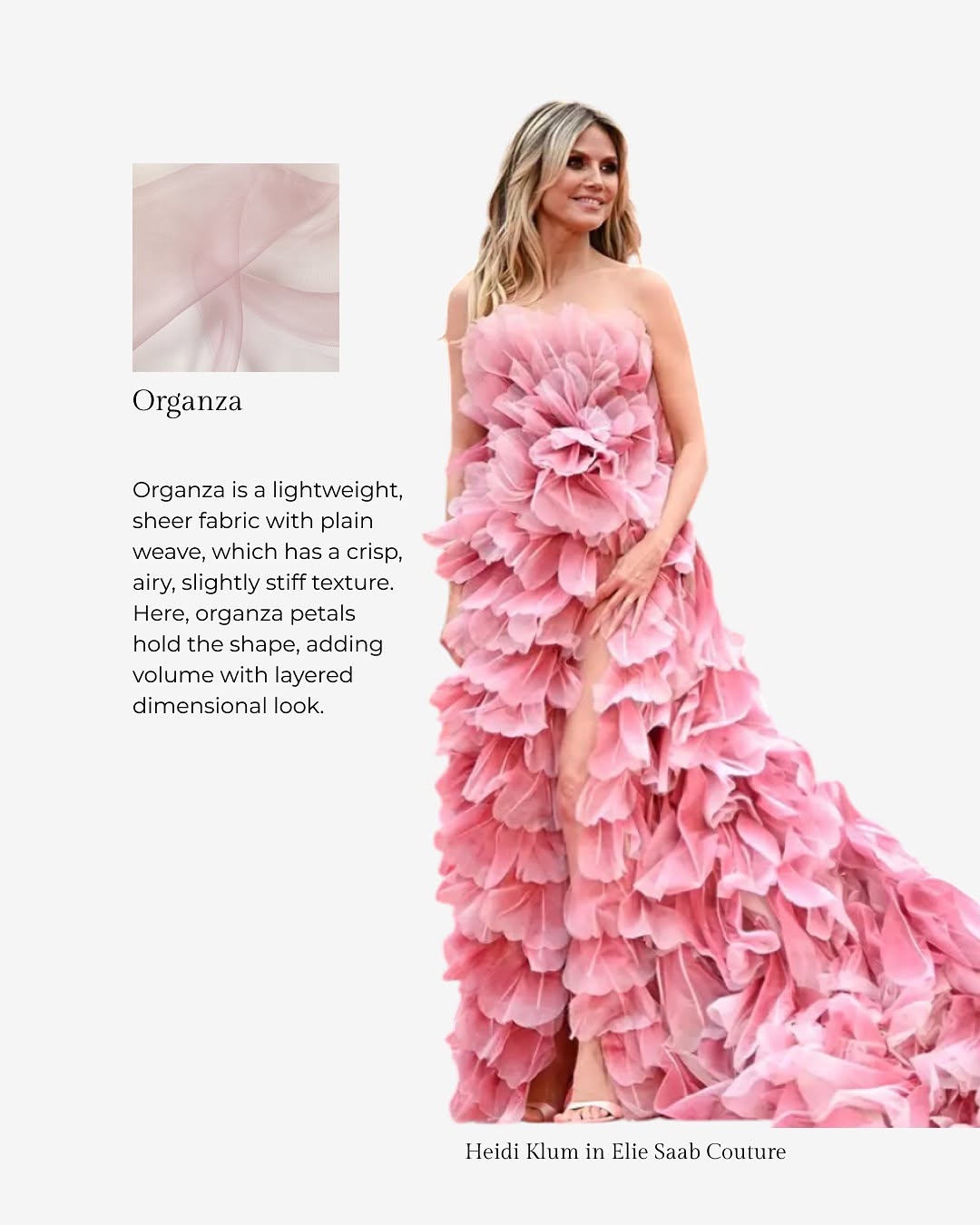
Organza is a material that, when used strategically, can truly elevate a design, add a touch of drama, and surprisingly, work well in hot climates.expanding on what we’ve covered and exploring more of its potential for your designs.
As we discussed, organza is a sheer, crisp, lightweight plain-weave fabric known for its stiff hand and transparent appearance. It’s often compared to chiffon and tulle, but its defining characteristic is its unique combination of sheerness and structure.
Crisp & Stiff Hand: This is what makes organza stand out. It doesn’t drape softly; instead, it holds its shape, creating volume and architectural silhouettes. This stiffness comes from the tightly twisted yarns and often a special finishing process.
- Durability: While it looks delicate, organza is surprisingly strong and durable for its thinness, especially silk organza. However, it can snag or wrinkle if not handled carefully.
creative style
Fashion style and fiber are intrinsically linked. The fiber a garment is made from dictates its drape, texture, comfort, durability, and how it performs in different climates and for different activities. It’s the silent partner in every style statement.
Think of it this way: The fiber is the fundamental building block that shapes the style. You can’t achieve a certain style without the right fiber, and conversely, the fiber often dictates the styles it’s best suited for.
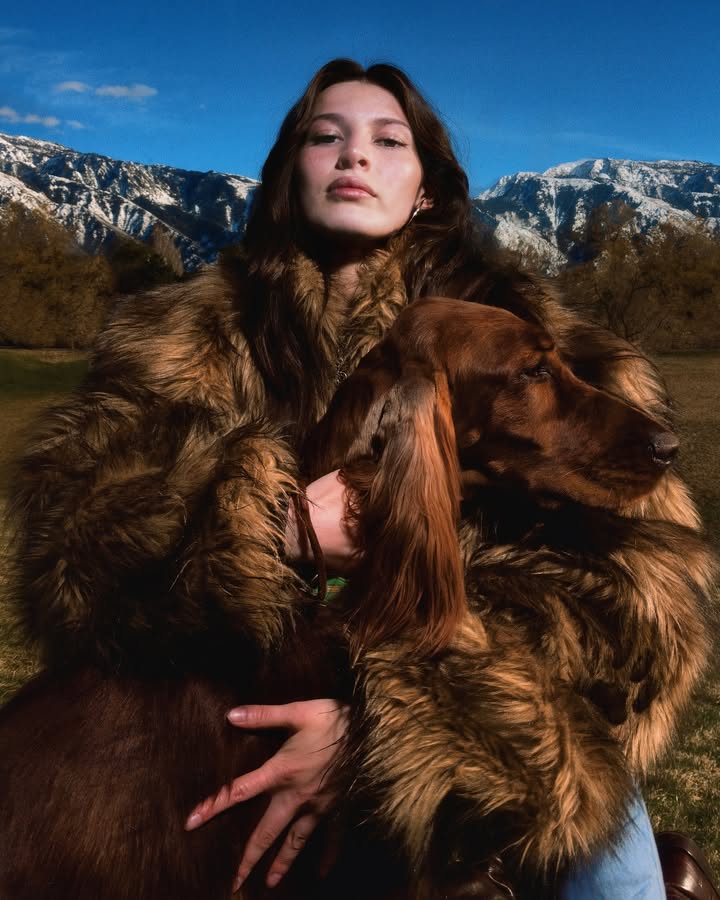
Animal skin fibers (and associated materials like leather and fur) are a fascinating category in fashion, offering unique properties and, increasingly, sparking important discussions about ethics and sustainability.
Understanding fibers on a deeper level will empower you not just to choose clothes, but to design clothes that truly fulfill your philosophy – garments that are meaningful, comfortable, and beautiful, for yourself and for others. It’s the technical side of your “fashion is my run-to” journey.
Your personal journey deeply intertwines with this. When you say “every styling comes from what I’ve been through,” it implies a need for comfort and authenticity. This directly influences your fiber choices. You instinctively gravitate towards what feels good, what breathes, what allows you to “stay positive” and “liberate your condition.”
Fibers (Hairs/Wool/Silk): These are individual strands collected from animals, which are then spun into yarn and woven or knitted into fabric. The animal remains alive (or at least, the fiber can be collected without ending its life, though practices vary).
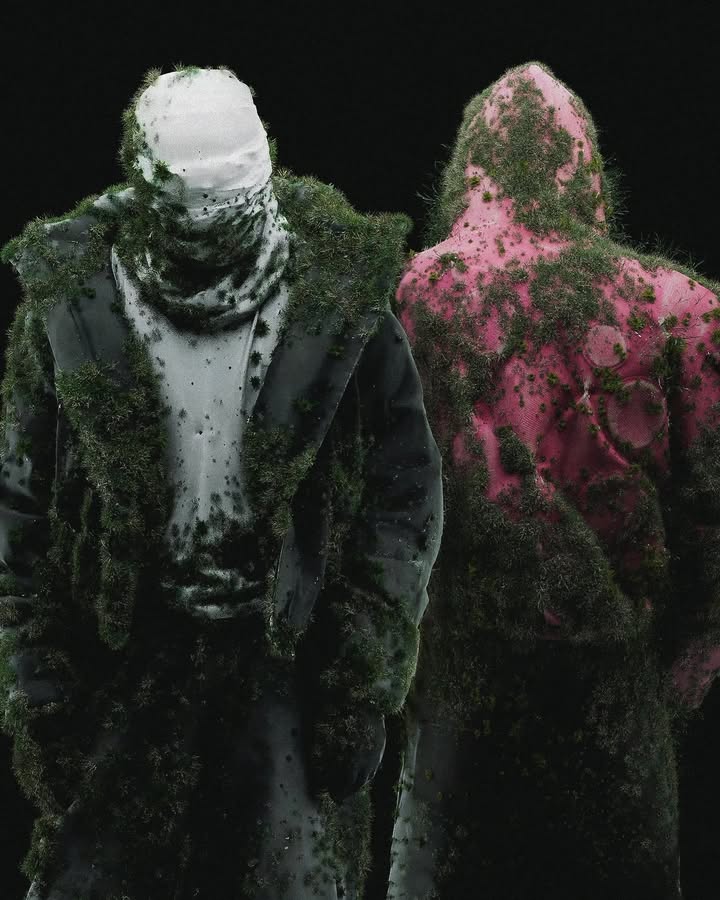
Skins/Hides (Leather & Fur): These involve using the actual skin of the animal, often after it has been slaughtered.
Source: Primarily sheep fleece. Different breeds (Merino, Shetland, Icelandic, etc.) produce different wool types.
understanding these materials helps you make informed choices that align with your values, balancing aesthetic appeal, comfort for the climate, and ethical considerations.
“Animal skin” in street style usually refers to two main categories: actual leather or fur, and more commonly, animal prints on fabric. Each carries its own set of aesthetics, implications, and styling approaches.
The Look: Softer, more textured, and often associated with a bohemian or relaxed Western aesthetic. It has a matte finish compared to leather’s sheen.
This is what most people mean by “animal skin style” in contemporary street fashion. It involves patterns inspired by animal coats (leopard, zebra, snake, cheetah, tiger, cow, crocodile, etc.) printed onto various fabric types. This allows for the aesthetic without the material and ethical concerns of real fur or exotic leather.
Imagine clothes are like a house. Fibers are the bricks and wood, and animal skins (leather/fur) are like special roofing or sturdy walls. Each material has its own “personality” and job.
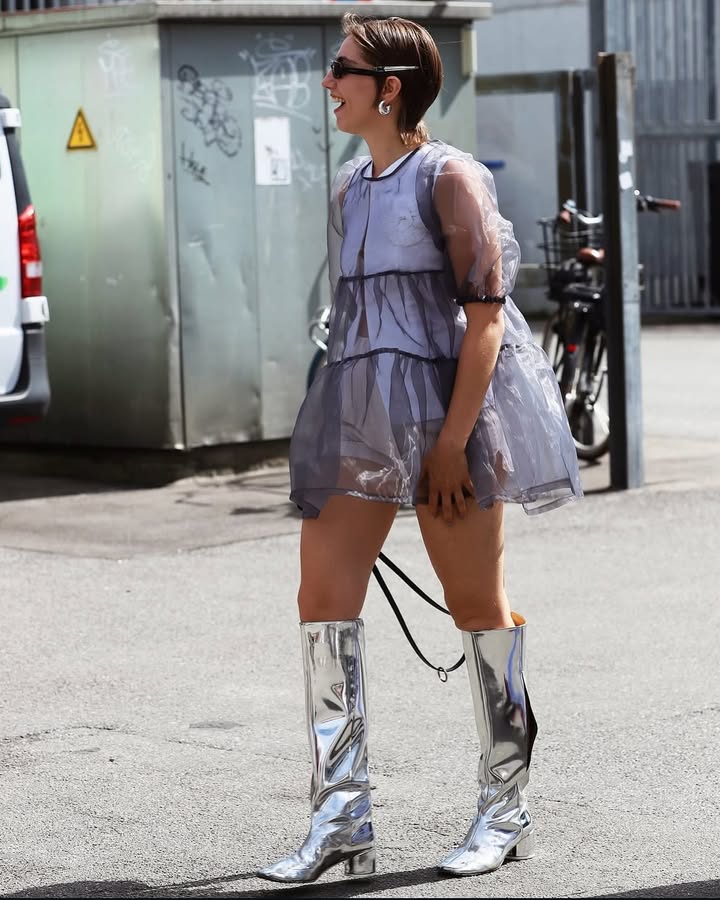
Understanding these basic materials helps you choose clothes that not only look good but also feel good, making your fashion choices more meaningful and practical.
offers a refreshing and meaningful perspective on fashion. It’s not about being dictated to by trends, but about intentionality, personal well-being, and genuine self-expression. It provides a blueprint for anyone looking to build a style that truly resonates with who they are and how they want to navigate their life.
